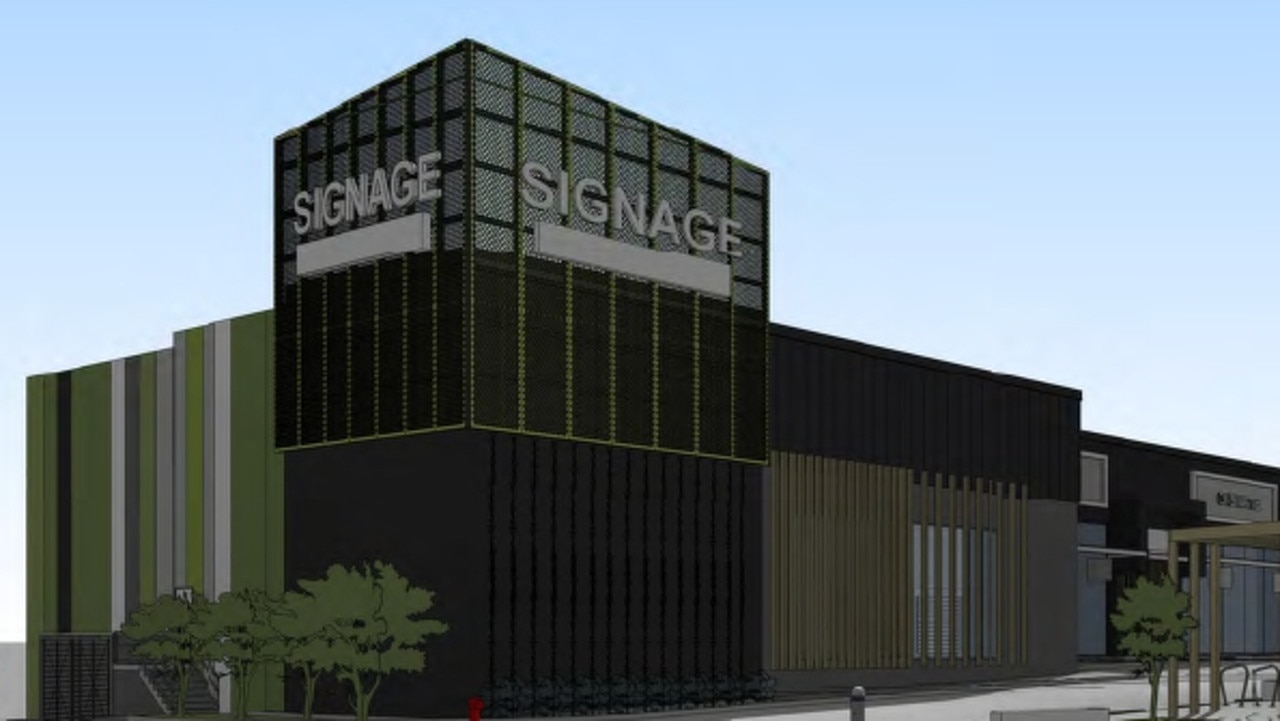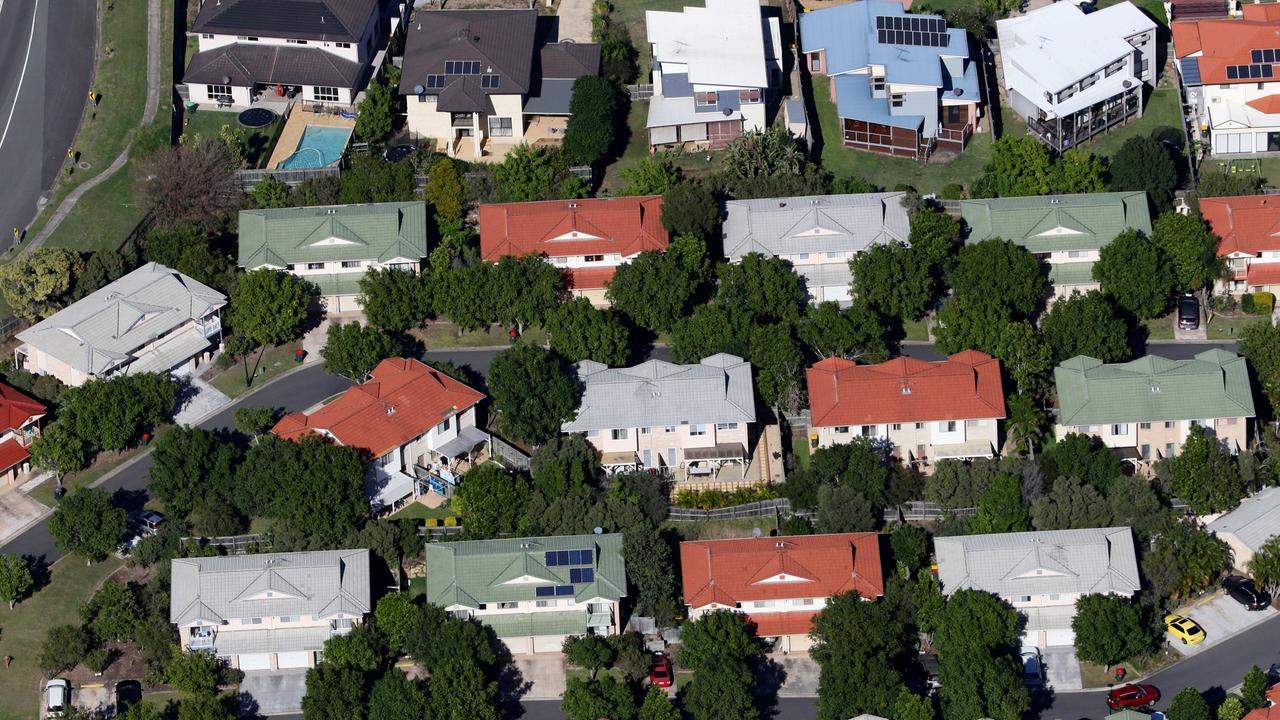$430/wk hike in 12 months: Rent in every Qld suburb revealed
New figures reveal how much rent is being paid in every Queensland suburb. Find out how much they have risen or fallen in yours. SEARCH THE INTERACTIVE
Property
Don't miss out on the headlines from Property. Followed categories will be added to My News.
Tenants in more than 1140 Queensland suburbs are paying up to $430 a week more than they were a year ago with exclusive new figures revealing just how much rents have climbed in 12 months.
A suburb-by-suburb breakdown by PropTrack shows median rents jumped as much as 50 per cent in some suburbs, led by the Gold Coast glitter strip suburb of Surfers Paradise where tenants are now paying an average $1475 a week for a house.
Tenants in Paradise Point are paying $1275 a week for a house — 50 per cent more than they were 12 months ago, while house rents in Clear Island Waters have climbed $400 in a year.
For units, the Bribie Island suburb of Banksia Beach tops the list of biggest rent rises, with a 36 per cent annual jump in median rent to $610 a week.
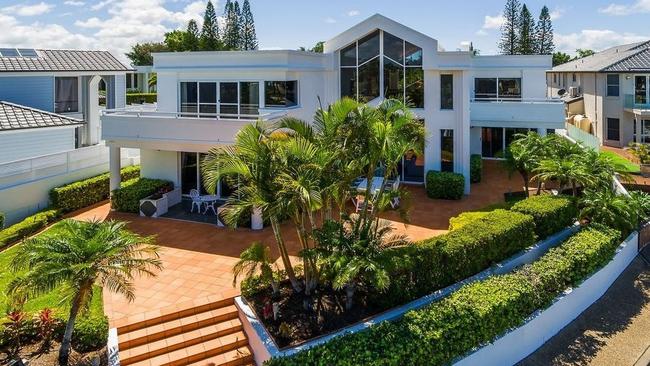
Main Beach and Mermaid Beach on the Gold Coast have also seen median unit rents increase around $150 a week compared to a year ago.
Ray White Surfers Paradise chair Andrew Bell said the city’s rental market had shrunk as owner-occupiers had snapped up properties formerly owned by investors.
Strong interstate migration, and a recent surge in the arrival of international students, added more pressure, he said.
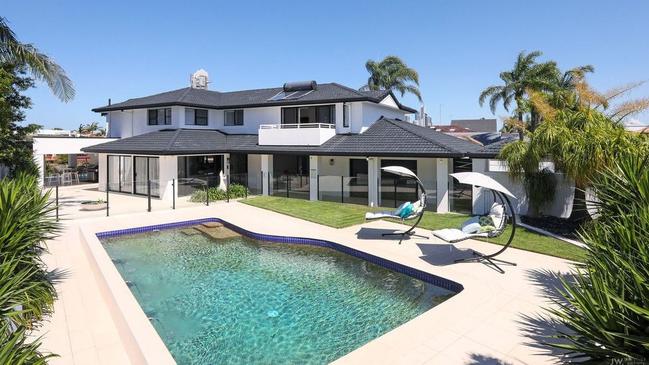
“It is only going to get worse and worse,” Mr Bell said. “The rental market is contracting to the point where more investors are now selling their properties than buying new ones.”
One renter who has been joining the queues on the Gold Coast is Christian Tolentino, 26.
He rushed to a rental inspection in Southport on Thursday afternoon in between work hours.
The three bedroom, one bathroom house on Minnie St was newly refurbished with the weekly rent increased from $650 to $720.
Mr Tolentino said the house was one of the more attractive rentals he had viewed because of its size to price ratio.
While he has a stable full-time job, Mr Tolentino applied for tenancy with two of his friends so the trio would be able to meet the weekly rate.
Despite the steep rental price, the spacious three-bedroom was regarded as a steal, with Mr Tolentino noting there would be hot competition among applicants.
In Greater Brisbane, the median weekly rent for a house is now $550, but in suburbs like New Farm, tenants are paying on average $230 more.
House rents in Pullenvale and Gumdale are also around $200 a week more expensive than this time a year ago.
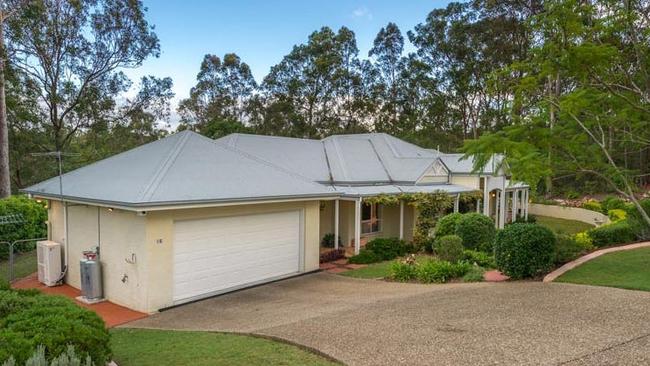
The median weekly rent for a unit in Brisbane is now $510, based on three-month rolling advertised rents, according to PropTrack.
Banyo and Durack have recorded the largest hikes in unit rents, with tenants paying about $119 a week more for an apartment in these suburbs than they were 12 months ago.
Outside of southeast Queensland, Dundowran Beach near Hervey Bay recorded the biggest rise in annual house rents of $165 a week to $650.

Craiglie near Port Douglas has also seen a jump in house rents, followed by Cordalba in the Bundaberg region, where tenants are now paying $430 a week on average.
For units, Palm Cove rents have risen around $100 a week in the past year to $488, followed by Port Douglas and Belgian Gardens in Townsville.
PropTrack economist Eleanor Creagh said a combination of factors were contributing to “very tough conditions” for would-be renters across Queensland.
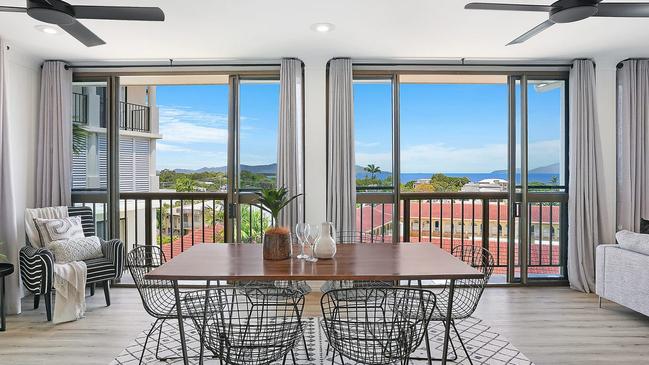
“Strong rental demand is very much outstripping rental supply in both Brisbane and regional Queensland,” Ms Creagh said.
“One of the reasons is the shift to smaller household sizes. The number of one person households has increased at the expense of three person households, with the accelerated adoption of remote work and people wanting more space and generally a longer-term shift in lifestyle trends.
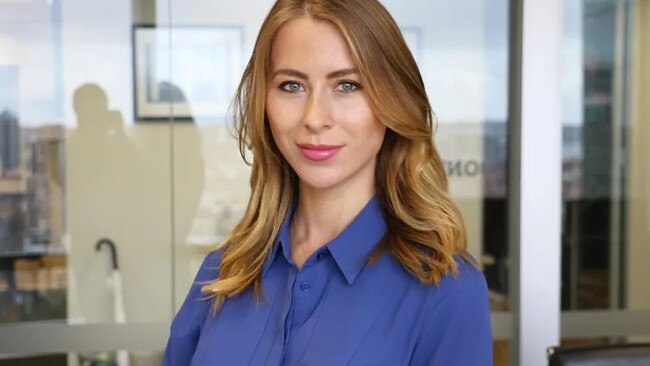
“Reduced investor activity and more investor sales amid the strong capital gains we’ve seen, really, over the last decade, is another factor. A lot of investors used the pandemic period to sell, with home prices being up and rental markets weaker at the time. And then you’ve got the ongoing surge in international arrivals.”
Over the past year, asking rents in Brisbane rose by 21 per cent to $600 a week, according to SQM Research, with house rents up 17 per cent to $668 and unit rents up 27 per cent to $517.
SQM Research managing director Louis Christopher said the “massive surge” in unit rents was due to a combination of affordability relative to houses, a return to city living post Covid, and the Airbnb market.
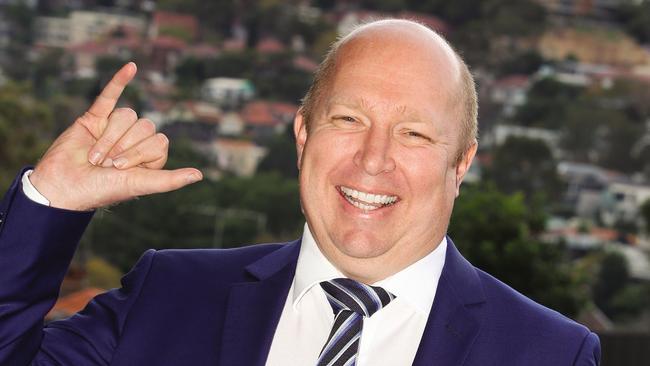
Rental vacancy rates in the Brisbane CBD decreased sharply to 1.2 per cent in February — most likely reflecting the sudden surge in demand from international students, Mr Christopher said.
“I think all of these factors have combined to squeeze the rental market in Brisbane,” he said.
“Prices we know have fallen, so there are opportunities out there for investors, but these rather aggressive rental increases won’t last forever.
“I expect in time we will see the market equalise in Brisbane, but at this point in time it’s still very much a landlord’s market.”
MORE RENTAL NEWS:
Tenants take note: 20 Qld suburbs where rents are falling
Mr Christopher said there were signs the rental crisis was starting to ease in regional Queensland markets, with the Gold Coast recording a sharp jump in its vacancy rate in February from 0.7 per cent to 1 per cent.
Propertyology managing director Simon Pressley said the situation would get “a lot uglier” than it was now.
“This could end in a mini civil war,” Mr Pressley said. “Aside from water, a roof over people’s heads is the most important thing for all humans.”
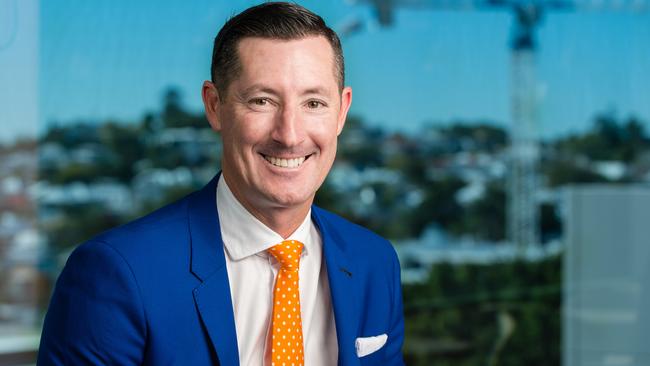
Mr Pressley said rental supply was the only solution, and while 4 per cent of rental properties were government funded, the rest was privately funded by investors.
He said he was telling his investor clients to “get in before the seagulls start fighting over the chip”.
“The opportunity now is that so many people have the capacity (to invest), but not the confidence,” he said. “When those buyers gain confidence, they’ll create competition and push values up again.”

